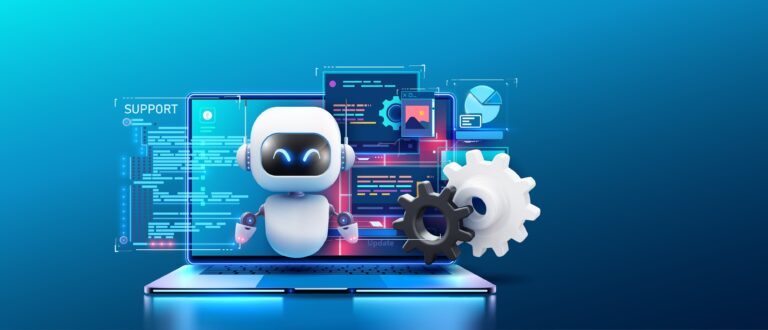
Insight: Agentic AI
For many organisations, agentic AI promises a fundamental ch...

For many organisations, agentic AI promises a fundamental ch...
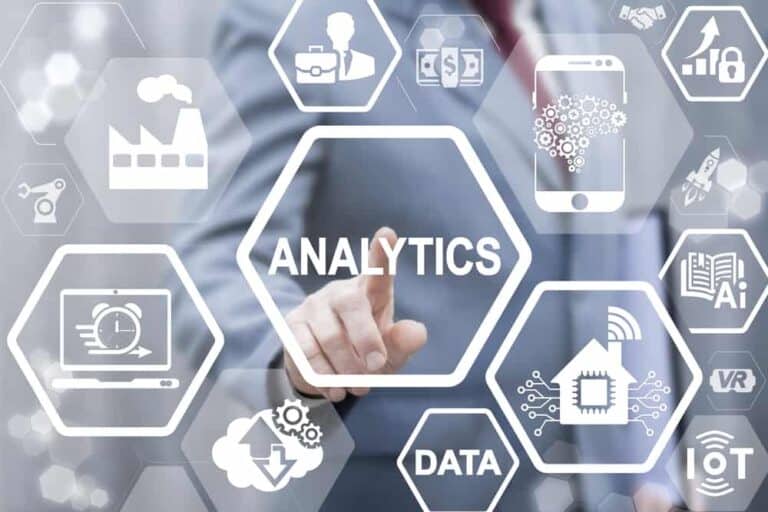
This insight details key issues surrounding Analytics, a top...
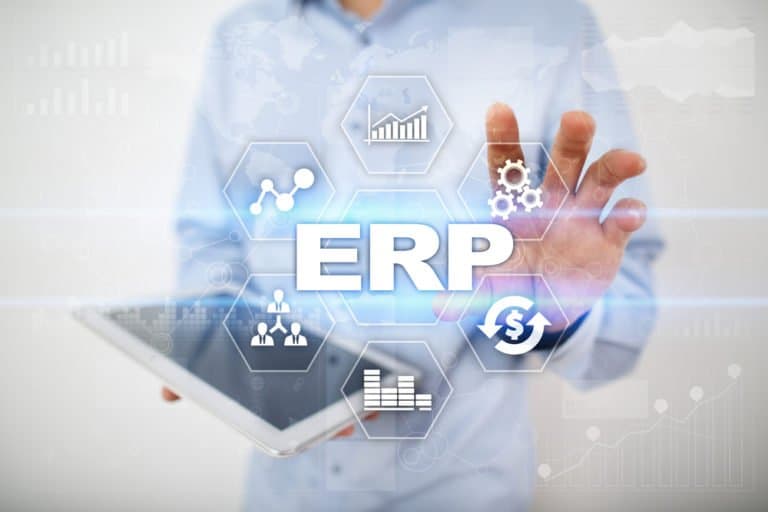
Enterprise Resource Planning (ERP) is the most essential bus...

A data fabric is an operational layer that connects and mana...

GPT-4, Gemini, Claude 3, Devin, Llama 3, Mixtral: the list o...

Healthcare is not running smoothly. Waiting lists are growin...
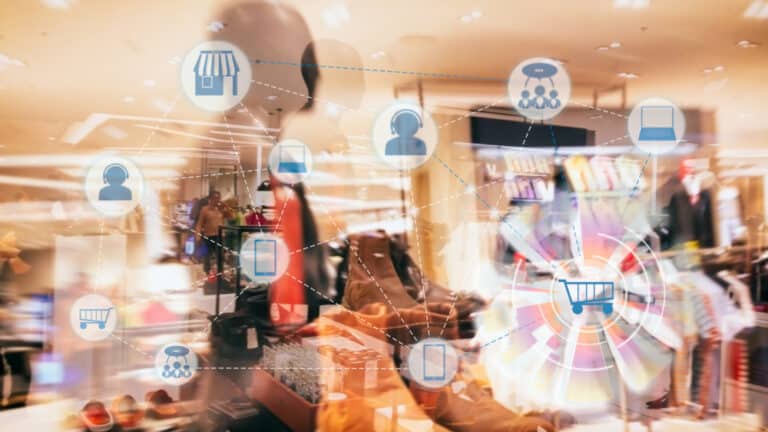
In this insight, we zoom in on how retail uses IT. This indu...
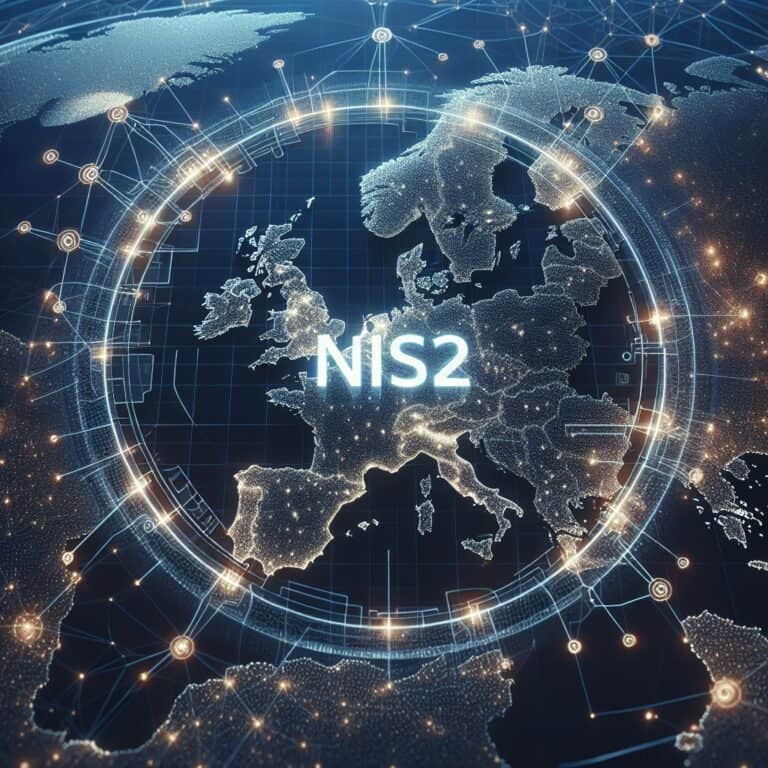
The Network and Information Security directive, or NIS2 dire...
For over thirty years, RSAC has brought together security pr...

A security platform offers a wide range of security function...
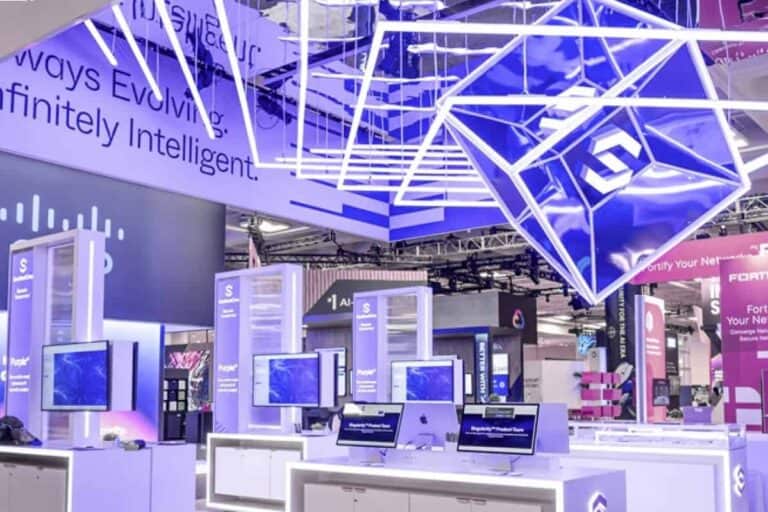
The power of a security platform SentinelOne is one of the ...
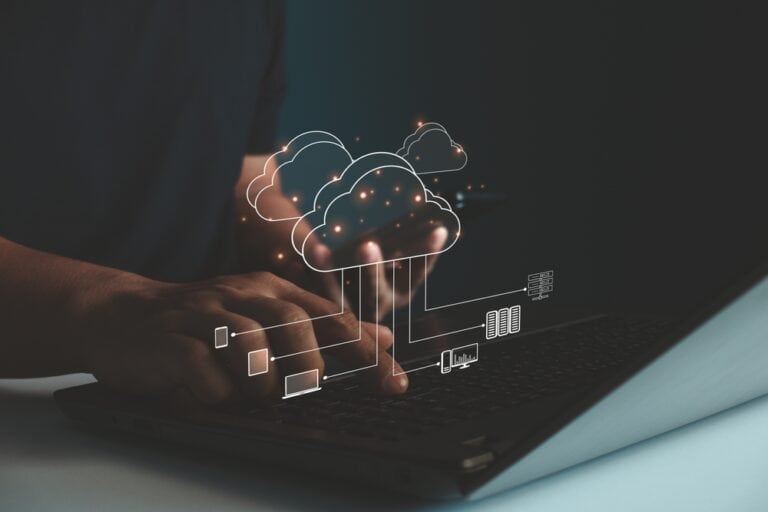
Storage is increasingly central to companies' digital strate...